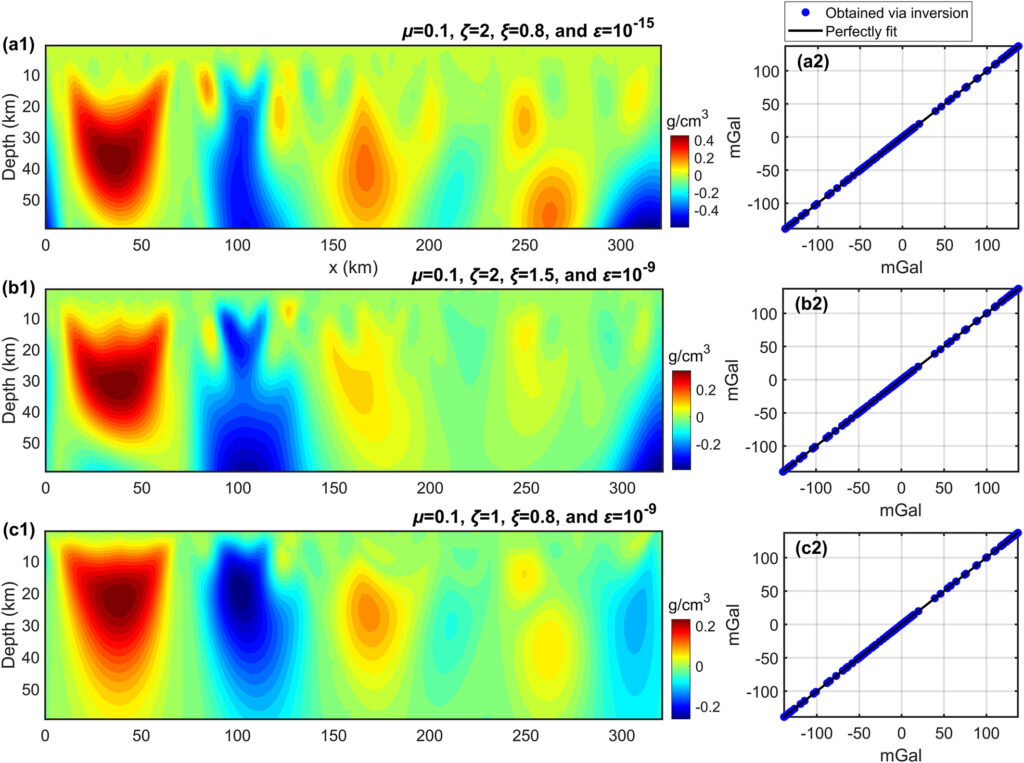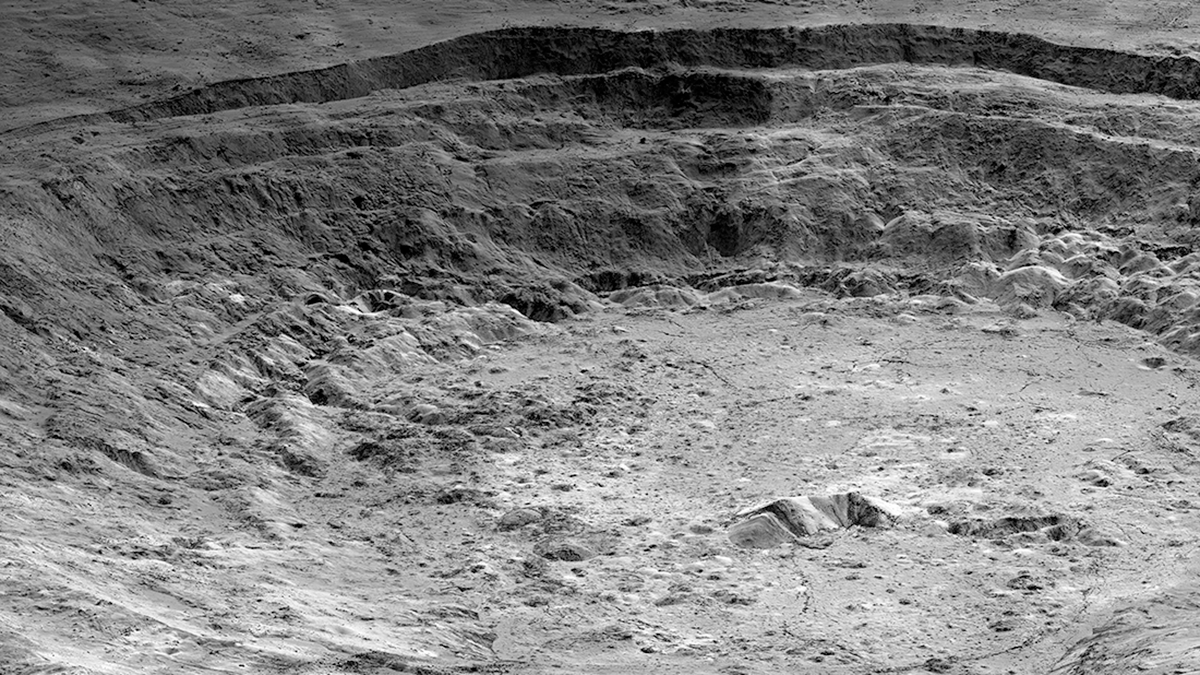Editors’ Highlights are summaries of recent papers by AGU’s journal editors.
Source: Earth and Space Science
The surface of the Moon hides a complex and varied geology underneath. To unravel the Moon’s rich geological history, we rely on geophysical data acquired over decades of lunar missions. However, processing and interpretation of the remotely acquired data is not straightforward. Hence, new and sophisticated methods of processing and analyzing data are needed to extract the information necessary to detect and define lunar subsurface structures.
Ai et al. [2025] apply a new method combining an edge-detection algorithm, noise reduction techniques, and 3D inversion with high resolution gravity data from the Gravity Recovery and Interior Laboratory (GRAIL). The new approach allows them to sharply define the location and shape of a negative gravity anomaly beneath the Aristarchus Crater (the brightest feature on the Moon, located in Oceanus Procellarum, or “Ocean of Storms”). It confirms a complex geological setting involving crustal relief, fracturing caused by the impactor that formed the crater, dilation, and uplift of a volcanic unit. This study is important because it demonstrates a new method that will be useful to other researchers working on the Moon, and it advances our knowledge of lunar geology.

Citation: Ai, H., Huang, Q., Ekinci, Y. L., Alvandi, A., & Narayan, S. (2025). Robust edge detection for structural mapping beneath the Aristarchus Plateau on the Moon using gravity data. Earth and Space Science, 12, e2025EA004379. https://doi.org/10.1029/2025EA004379
—Graziella Caprarelli, Editor-in-Chief, Earth and Space Science

